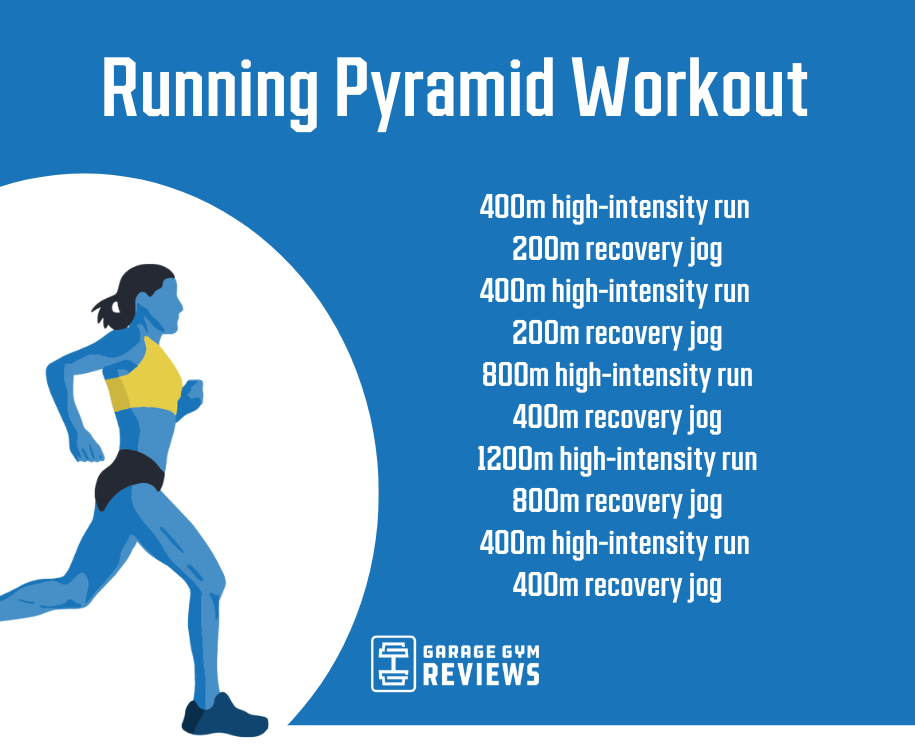The Ultimate Guide to Managing Discomfort When Running
Whether you are a skilled marathoner or just starting your running journey, recognizing the numerous kinds of pain that can arise and the strategies to address them is crucial. From pre-run workout regimens to appropriate footwear option, there are countless variables to think about when it comes to dealing with discomfort while running.

Understanding Various Types of Running Pain
When running, it is important to compare various types of discomfort to avoid injuries and take full advantage of performance (Read More). One usual sort of pain that joggers might experience is muscle mass pain, which commonly occurs from the anxiety put on muscles throughout workout. This type of discomfort is usually a regular component of the running process and can be managed through correct workout, cool-down, and stretching regimens
One more kind of pain to be knowledgeable about is joint discomfort. Joint pain can suggest concerns such as overuse, improper kind, or underlying conditions like joint inflammation. Ignoring joint pain can bring about more serious injuries, so it is critical to deal with any type of pain quickly and potentially look for professional advice.
Furthermore, sharp or stabbing discomforts need to not be neglected. These types of discomfort can signify acute injuries such as stress, strains, or stress and anxiety fractures - running workout. Remaining to go through these kinds of pain can aggravate the injury and extend recuperation time

Pre-Run Workout and Extending Routine
To prepare the body for a running session, carrying out an efficient pre-run warm-up and extending routine is vital. A proper workout helps increase blood circulation to the muscles, boosts adaptability, and reduces the risk of injury throughout the run. By including a consistent pre-run warm-up and stretching routine into your running routine, you can optimize efficiency and lessen the risk of pain or injury.
Proper Shoes Choice and Fit
Selecting proper footwear that fits well is essential for joggers to stop pain and minimize the threat of injuries. Ill-fitting footwear can lead to sores, black toenails, shin splints, and various other agonizing conditions that can impede efficiency and sideline training. When choosing operating shoes, it is vital to consider variables such as foot type, running gait, arch support, padding, and footwear size. running workout. Visiting a specialized running shop for a gait analysis and specialist fitting can help make certain that you select the right shoes for your specific demands. Running footwear ought to supply adequate support and stability while additionally fitting and lightweight. Furthermore, it is suggested to change your operating shoes every 300-500 miles to preserve proper padding and assistance. Spending in top quality shoes that is appropriate for your running style and foot composition is a positive action in the direction of avoiding pain and injuries during your runs.
Nourishment and Hydration Tips for Pain Prevention

Hydration is similarly critical for runners to stay clear of cramps, dehydration, and other pains that can lead to pain during running. By focusing on nourishment and hydration, runners can improve their efficiency, minimize pain, and appreciate a more comfy running experience.
Post-Run Healing Techniques to Reduce Pain
Implementing efficient recuperation strategies is essential for easing discomfort and advertising muscle mass healing after running sessions. Additionally, icing sore locations for 15-20 minutes can help decrease inflammation and numb pain post-run.
Consuming a well balanced snack or meal that includes healthy protein and carbohydrates within 30 minutes check my site of finishing a run can aid fix muscle mass tissue and restore power shops. By incorporating these post-run healing methods into your routine, you can efficiently take care of discomfort and optimize your running efficiency.
Conclusion
In verdict, dealing with various kinds of running discomfort through proper workout, extending, footwear selection, nutrition, hydration, and post-run recovery techniques is vital for discomfort avoidance and monitoring. By recognizing the reasons for pain and executing these strategies, runners can lessen discomfort and potential injuries. It is critical to focus on total physical health and wellness and well-being to make sure a successful and satisfying running experience.